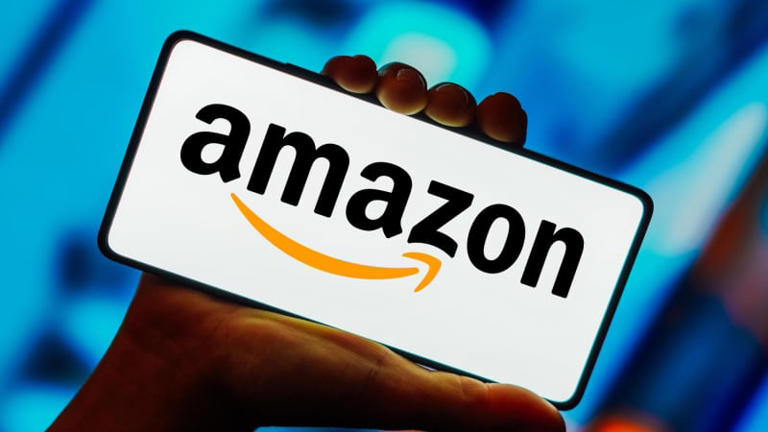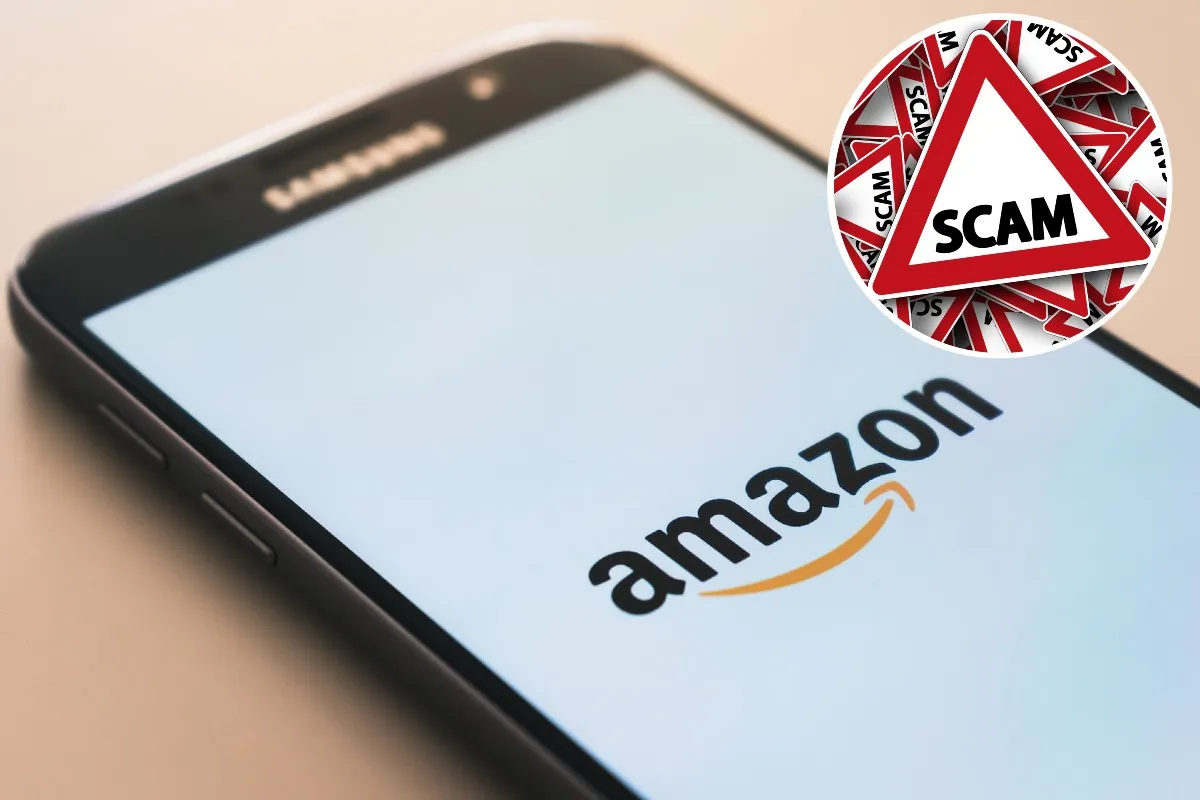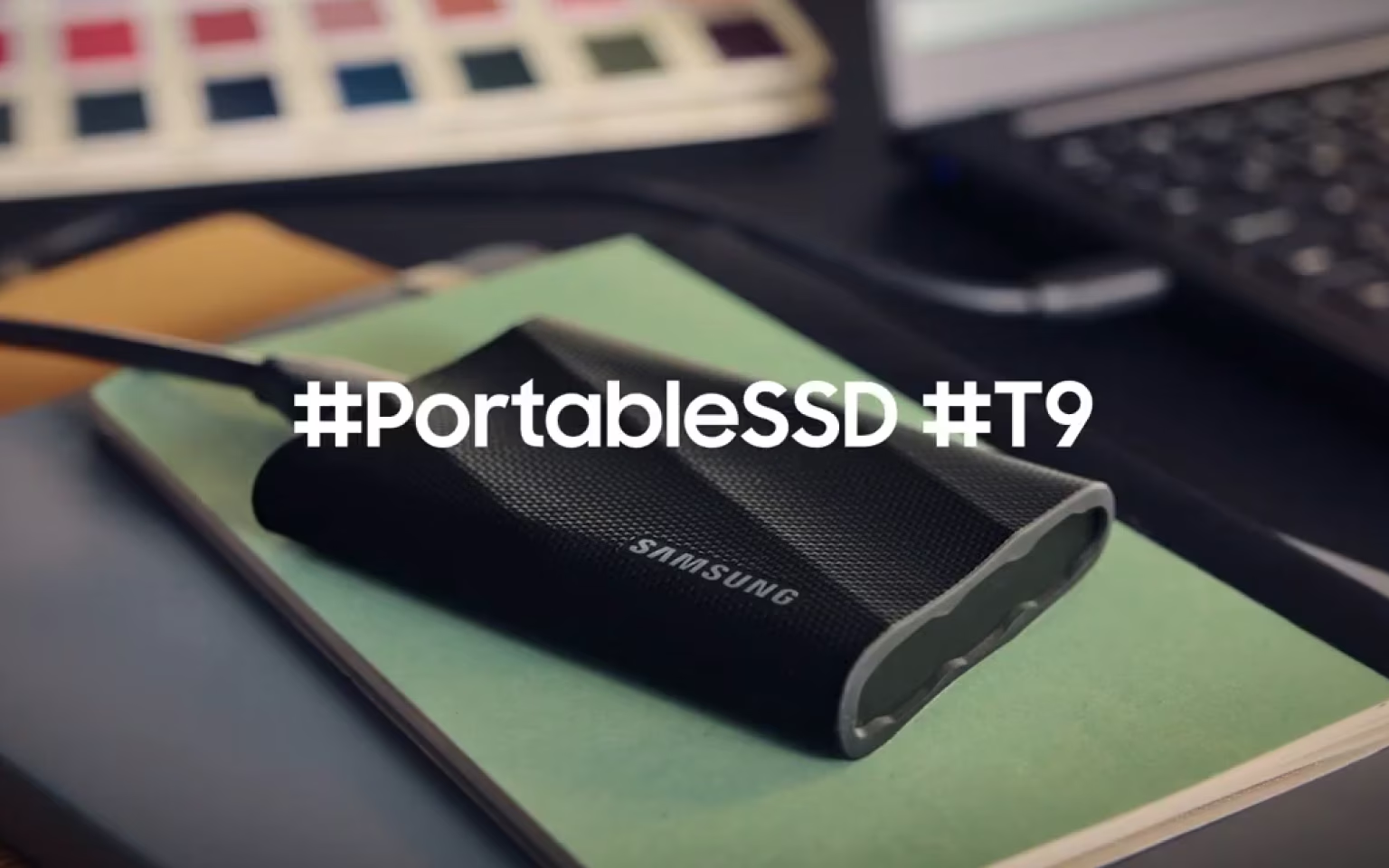
Imagine finding an unbelievable deal on Amazon—an item you’ve been eyeing for months at a fraction of its usual price. You rush to purchase it, thrilled to have snagged such a steal. Fast forward a few weeks, and instead of enjoying your new purchase, you receive a notice: a debt collection letter or even a fraud report for an order you never made. Welcome to the world of triangulation fraud.
Triangulation fraud is a deceptive scheme that involves three parties: you (the unwitting buyer), a scammer, and a legitimate seller. Here’s how it unfolds: the scammer creates a fake listing on a trusted marketplace like Amazon, advertising a popular, high-value item at an irresistibly low price. This tactic not only lures buyers in with the promise of a bargain but also instills urgency to buy quickly before the deal vanishes.
Once you make the purchase from the fraudulent listing, the scammer pockets your payment. Meanwhile, they use stolen payment information—obtained elsewhere—to order the same product from a legitimate seller. The genuine item arrives at your doorstep, seemingly validating your purchase. However, behind the scenes, the legitimate seller faces repercussions. They incur chargebacks and may even lose both the product and additional fees, all because of the fraudulent transaction orchestrated by the scammer.
As the buyer, you might find yourself caught in the aftermath. The legitimate seller may contact you to reclaim the product, unaware that you never intended to buy from them directly. This confusion can escalate to debt collection notices or fraud claims against you.
If you suspect you’ve fallen victim to triangulation fraud, it’s crucial to take immediate action. Report the incident to the authorities, inform the legitimate seller about the fraudulent transaction, and notify the marketplace, like Amazon, to prevent further scams. Protect yourself by scrutinizing online deals, verifying seller credibility, and using secure payment methods with buyer protections.




